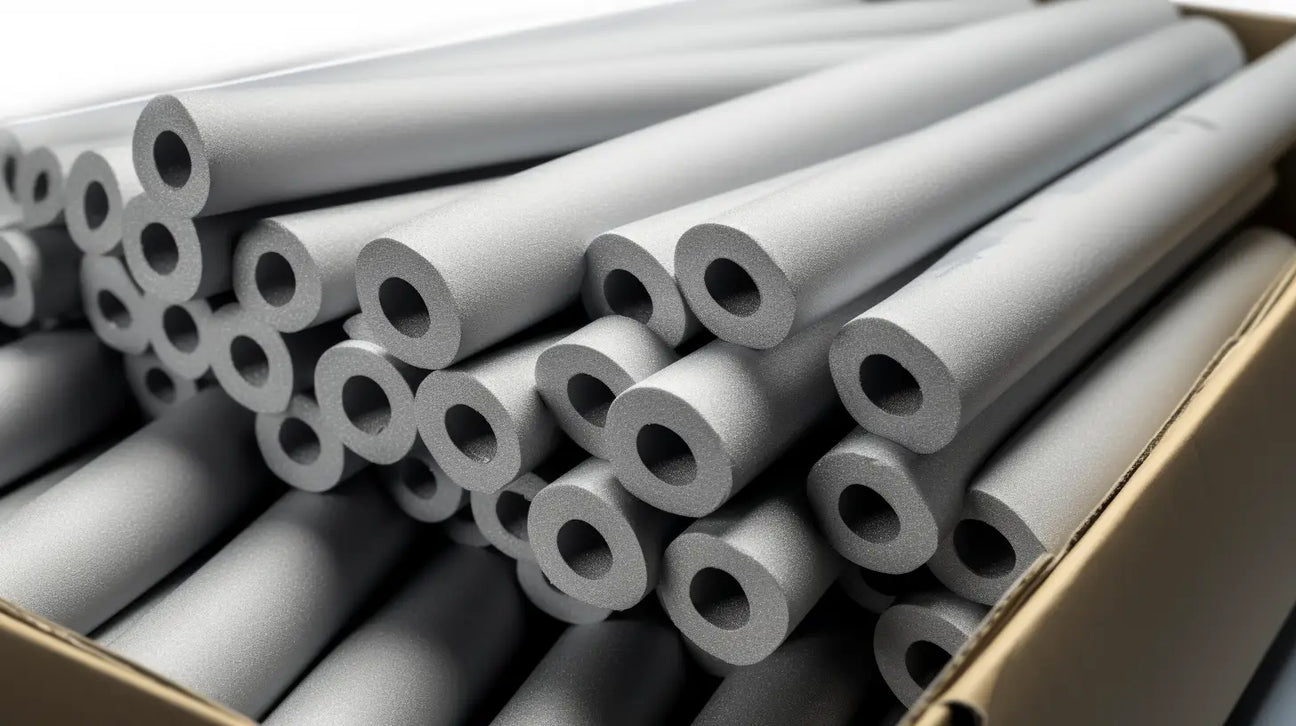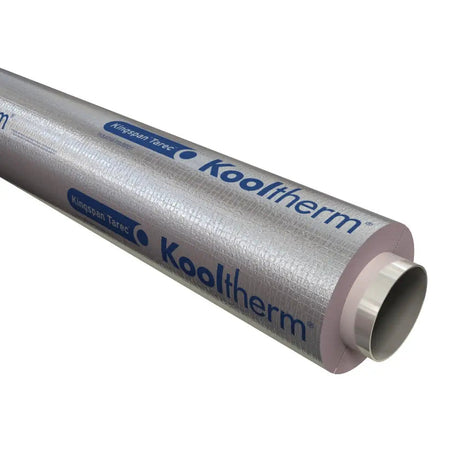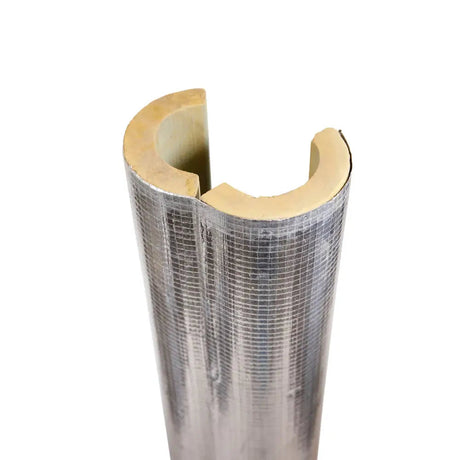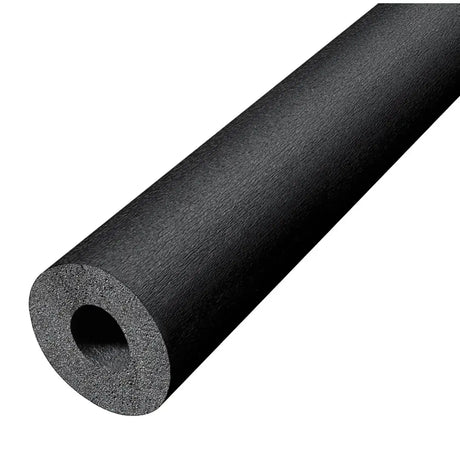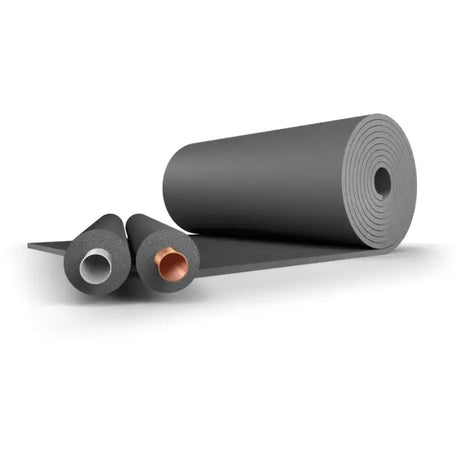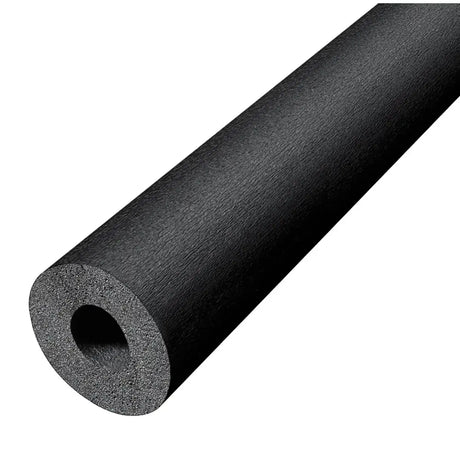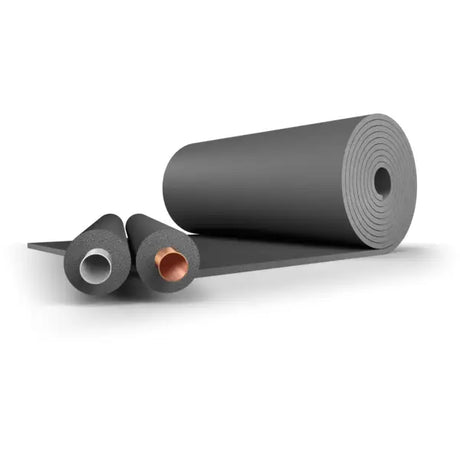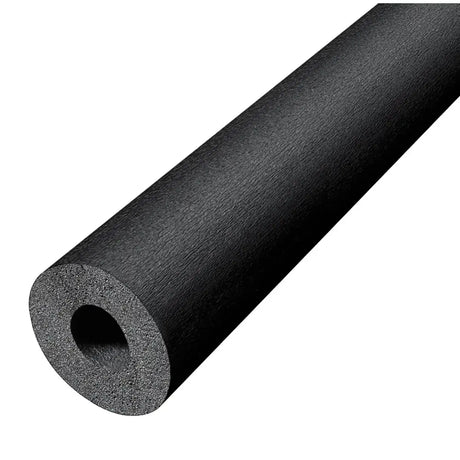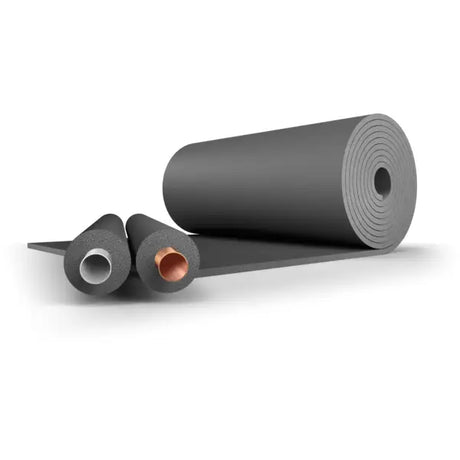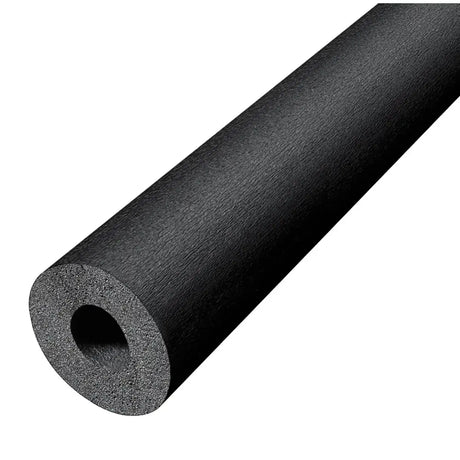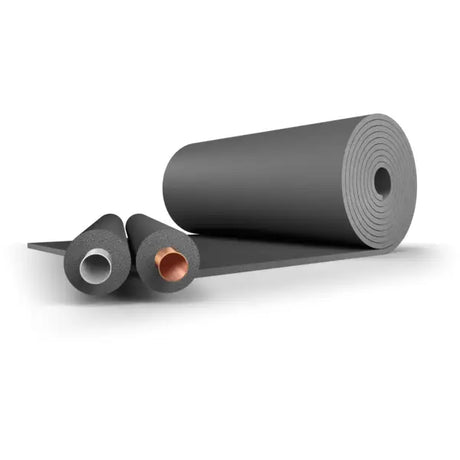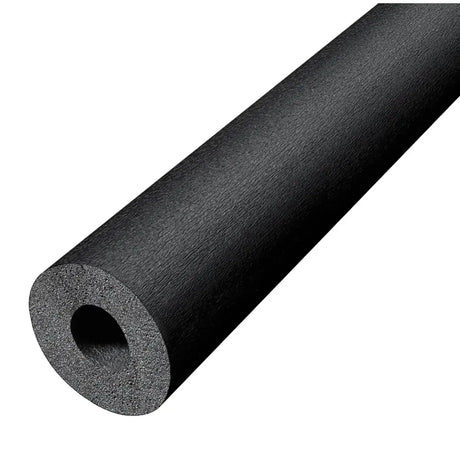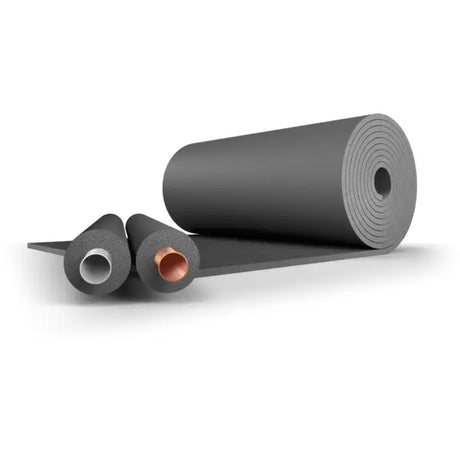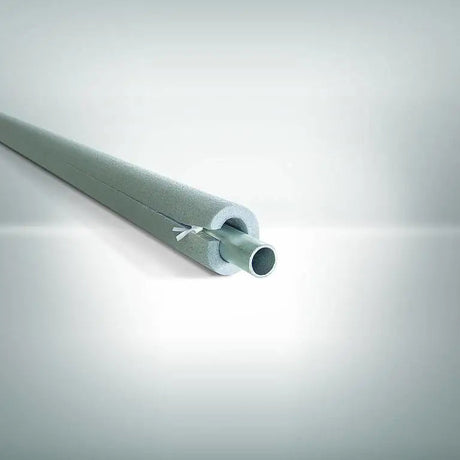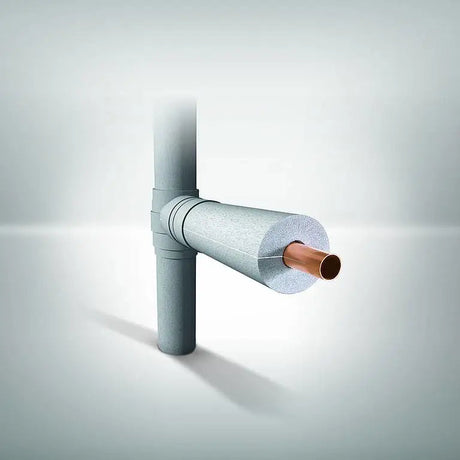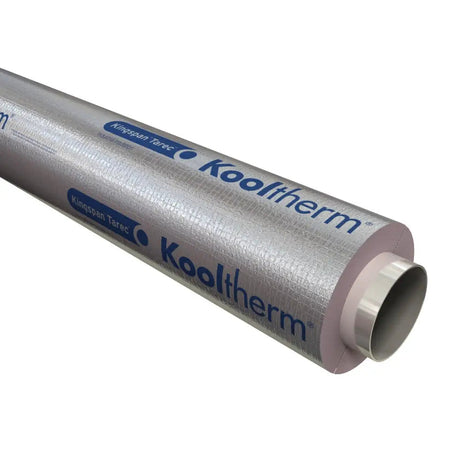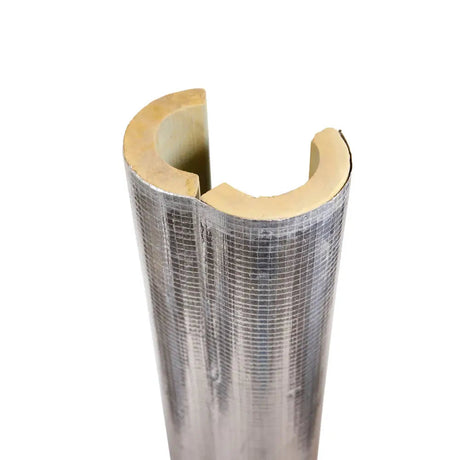What is Foam Pipe Insulation?
Foam pipe insulation is a type of insulating material designed to wrap around pipes to reduce heat loss or gain, prevent freezing, and minimise condensation. It's commonly used in both residential and commercial settings for a variety of applications. Here are some key points about foam pipe insulation:
What material if Foam Pipe Insulation made from?
It's typically made from flexible elastomeric foam or polyethylene foam. This material offers good thermal resistance, helping to maintain the temperature of the fluid inside the pipe.
What is Polyethylene Foam?
Polyethylene (PE) is a widely-used synthetic polymer made from the polymerisation of ethylene, a gaseous hydrocarbon. It is one of the most produced plastics globally, with applications ranging from packaging to construction. Here's a breakdown of its key properties and characteristics:
Types:
- Low-Density Polyethylene (LDPE): It's characterized by its flexibility and is used in products like plastic bags, squeezable bottles, and plastic wraps.
- High-Density Polyethylene (HDPE): It's more rigid and has a higher tensile strength than LDPE. HDPE is used in milk jugs, detergent containers, toys, and piping.
- Linear Low-Density Polyethylene (LLDPE): It's similar to LDPE but has better tensile strength and is more resistant to chemicals and punctures. It's often used in plastic films and sheets.
- Very-Low-Density Polyethylene (VLDPE): This is used in applications that require a very flexible polyethylene, such as certain types of packaging and stretch films.
- Ultra-High-Molecular-Weight Polyethylene (UHMWPE): This has extremely long chains, resulting in a very tough material. It's used in applications like bulletproof vests and artificial joints.
Properties:
- Chemical Resistance: Polyethylene is resistant to most acids, alkalis, and solvents.
- Durability: It's resistant to moisture and many chemicals, which makes it durable in various environments.
- Electrical Insulator: It's a good insulator and is used in electrical cables.
- Flexibility: Especially LDPE, which is soft and pliable.
- Lightweight: This property has made PE popular in packaging.
Applications:
- Packaging: Bags, bottles, films, and containers.
- Agriculture: Drip irrigation systems, silage bags, and greenhouse films.
- Construction: Vapour retarders, geomembranes, and corrugated pipes.
- Consumer Goods: Toys, household items, and storage containers.
- Automotive: Fuel tanks, cable insulation, and interior components.
- Medical: Syringes, prosthetics, and intravenous containers.
Production: Polyethylene is produced through the polymerisation of ethylene. Two primary methods are:
- High-Pressure Polymerisation: Produces LDPE.
- Low-Pressure Polymerisation: Produces HDPE and LLDPE.
Environmental Impact:
- PE is not biodegradable, which means it can persist in the environment for a long time. This has raised concerns about plastic waste, especially in marine environments where it can harm aquatic life.
- Recycling of PE is possible, and there are increasing efforts globally to recycle and repurpose PE products to reduce their environmental impact.
Armaflex Tubolit Comparison to Kaifoam PE
Kaifoam PE is another leading brand of closed-cell polyethylene pipe insulation that is functionally equivalent to Armaflex Tubolit.
Kaifoam PE from Kaimann GmbH and Armaflex Tubolit from Armacell have the following similarities:
- Made from closed-cell polyethylene foam
- Used for insulating heating, cooling, and plumbing pipes
- Available in range of bore sizes and wall thicknesses
- Offer thermal and acoustic insulation
- Resistant to moisture and water absorption
- Do not contain fiberglass or CFCs
- Can be used for hot, cold, and dual temperature pipes
- Suitable for indoor and temporary outdoor applications
- Quick and easy installation without special tools
- Provide energy savings and freeze protection
Both Kaifoam PE and Armaflex Tubolit carry CE marking and conform to international quality standards. They have excellent flexibility, chemical stability, and long service lives when installed correctly.
While both brands offer similar polyethylene insulation products, Armaflex Tubolit is generally the preferred option in the UK market. However, Kaifoam PE may be more readily available in other European countries.
For most applications, Kaifoam PE and Armaflex Tubolit can be used interchangeably as they have comparable performance characteristics. Our technical team can advise you on selecting the right product for your specific project requirements and budget.
What is Elastomeric Foam?
Elastomeric foam is a flexible, closed-cell foam that is primarily used for insulation purposes. The term "elastomeric" refers to the rubber-like properties of the foam, which allows it to be flexible and resilient. This foam is known for its excellent thermal insulating properties, moisture resistance, and ability to prevent condensation.
What is Foam Pipe Insulation Used for?
- Thermal Insulation: Foam pipe insulation helps maintain the desired temperature of fluids (either hot or cold) as they move through pipes. This can lead to energy savings and more efficient operation of heating or cooling systems.
- Freeze Protection: In cold climates, foam insulation can prevent water pipes from freezing and potentially bursting.
- Condensation Control: Insulating cold water pipes can prevent condensation from forming on the exterior of the pipe, which can lead to water damage or mold growth.
- Noise Reduction: It can also help dampen the noise from water flowing through pipes.
Where Is Foam Pipe Insulation Typically Used?
Foam pipe insulation is versatile and can be used in a variety of environments. Here are some common scenarios where foam pipe insulation is typically used:
Residential Homes
- Indoor: Insulating hot water pipes can help reduce heat loss, ensuring that water reaches faucets at the desired temperature faster and conserving energy. Cold water pipes can also be insulated to prevent condensation, especially in humid environments.
- Outdoor: For homes in colder climates, outdoor pipes or those in unheated spaces (like a garage) can be insulated to prevent freezing during winter months.
Commercial Buildings
Larger heating, ventilation, and air conditioning (HVAC) systems benefit from insulated pipes to improve energy efficiency. This is particularly true for large office buildings, schools, and hospitals.
Industrial Settings
- Process Industries: Industries that require the transport of fluids at controlled temperatures, like the chemical, pharmaceutical, or food and beverage industries, use foam insulation to maintain consistency and quality.
- Refrigeration: In industries that require cold storage or transportation, such as food processing, foam pipe insulation helps maintain low temperatures and reduces energy consumption.
Underground
Pipes that run underground, whether for residential or municipal purposes, can benefit from insulation to protect against temperature fluctuations and potential freezing.
Geothermal Systems
Geothermal heating and cooling systems often use underground pipes to transfer heat. Insulating these pipes can improve system efficiency.
Marine Environments
Ships and offshore platforms may use foam pipe insulation to protect against the corrosive effects of saltwater and to provide thermal insulation for onboard systems.
Agriculture
In areas where there's a risk of pipes freezing, agricultural operations can use foam pipe insulation to protect water supplies for livestock or irrigation.
Recreational Vehicles (RVs) and Mobile Homes
Insulating pipes in RVs and mobile homes can help maintain consistent water temperatures and prevent freezing when these vehicles are used in colder climates.
Outdoor Water Features
Pipes for fountains, waterfalls, or other water features can be insulated to prevent freezing in colder months.
Swimming Pools
Pipes for swimming pool heating systems can benefit from insulation to maintain water temperature and reduce energy costs.
It's essential to choose the right type of foam pipe insulation for the specific environment. For instance, underground applications might require insulation with added protection against moisture and pests, while indoor residential use might prioritise ease of installation and cost-effectiveness.

